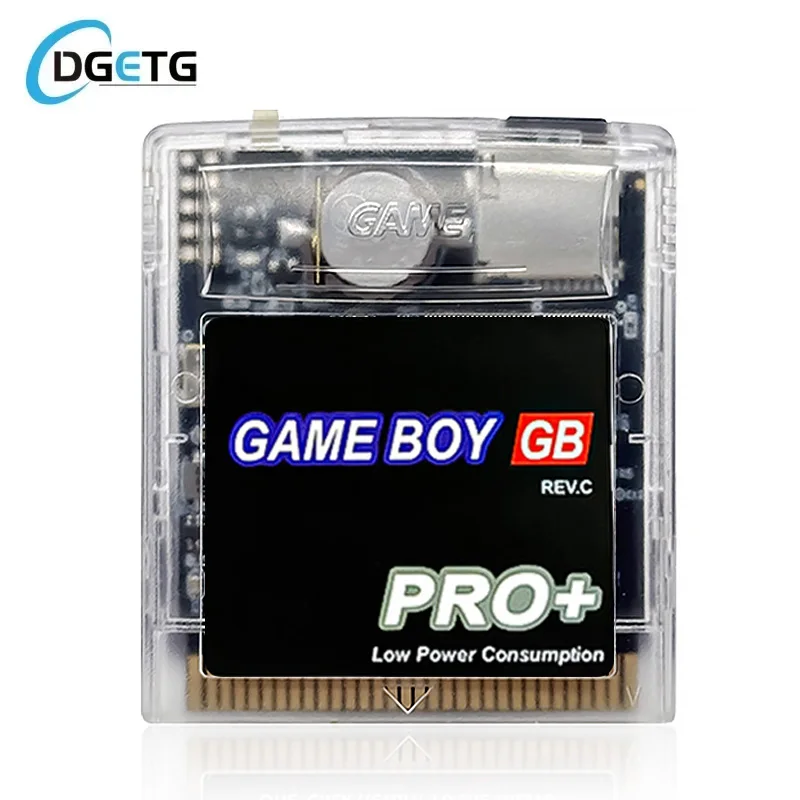Table of Contents
SuperPico — The Simplest Flash Cartridge for Watara Supervision
Friends, there’s a new article on the site: EZ-Flash Air Review: Features, Limitations, and Comparison with Other Models.
ChisLink - a revolution in the GBA world.
Friends, AliExpress now has:
Cool metal labels for Game Boy Advance consoles. Important: the OMEGA series will no longer be produced — it is being replaced in the lineup by the EZ-Flash Air.
Cool eXtremeRate cases for GBA SP.
Friends, help me buy (if you have) various old stuff: Help me buy.
In the early 90s, the Nintendo Game Boy set the standard for portable gaming. But this console had one serious problem — a high price, especially for Chinese consumers.
It's no surprise that it was in China that a system emerged trying to be as cheap as possible — the Watara Supervision. Despite frankly modest specifications and a weak game library, the console still found its niche.
But the fact that new flash cartridges started appearing for it in 2022 speaks to something else — interest in the Supervision hasn't faded. On the contrary, it's gradually returning, and specific DIY projects are emerging that allow running ROM files on original hardware. One of these is SuperPico.
This cartridge appeared in 2022 and is a completely open DIY project built on the Raspberry Pi Pico microcontroller. No complex components, flashers, or menus — just the Pico and a simple board that allows running one game at a time directly on the original console.
But the most interesting part isn't even that. SuperPico is so simple it literally screams: "improve me." And that's exactly what the folks in our community have been doing: Xrip, Vrodin, Sa Gin, Melovanovi4. Many know Vrodin as the author of the Burn2Slot project. This time the team decided to go further and announced two bombastic projects at once:
- A flash cartridge with multi-boot — the ability to write several games at once and switch between them right on the console.
- A Game Boy emulator cartridge — a device that will allow running Game Boy games on the Watara Supervision itself.
But we'll talk about these new releases when they come out. For now, let's get back to SuperPico — the simplest (and most affordable) flash cartridge for Watara Supervision available today.
Where to Buy?
SuperPico is a completely open project, so you won't find it for sale. It's not a ready-made device, but a set of files and schematics that you can use to build the cartridge yourself.
All necessary materials are available on GitHub by user Zwenergy where you'll find the firmware, board, assembly instructions, and even scripts for converting games.
In principle, assembling the SuperPico isn't too complicated — there's not much soldering. However, the contacts are quite small, so a regular soldering iron won't do. You'll need at least a simple soldering station, as well as patience and care.
However, if you don't want to assemble the cartridge yourself, you can always contact a member of our community — Melovanovi4.
He offers ready-made SuperPico units, which include not only the assembled board but also a 3D-printed case. Everything is neatly fitted to the Supervision slot and ready to work — just flash the Pico and insert it into the console.
Please note: to flash the SuperPico, you will need a USB-A to MicroUSB cable. It is through this cable that you will connect the Raspberry Pi Pico to your computer and upload new games.
Usage
If you already have the cartridge, the next step is to download the archive with games: Wataragames.zip.
If you look at the cartridge itself, you will see a MicroUSB connector and a small button:
This button is needed to put the Raspberry Pi Pico into bootloader mode. After that, you can rewrite the firmware, which is a file with a .uf2 extension.
Each game in the archive is essentially a separate firmware that emulates the behavior of the original ROM chip. You simply copy the desired .uf2 file onto the Pico — and it will behave like a "real" cartridge.
Please note. This flash cartridge allows running only one game at a time, just like the original Watara Supervision cartridges. If you want to play another game, you will have to reflash the cartridge by loading a new .uf2 file.
Furthermore, games for the Supervision do not support saves — as in the original, the entire playthrough must be completed in one session.
Step 1.
Unzip Wataragames.zip and select the desired game. Each file is a separate firmware in .uf2 format.
Step 2.
Connect the MicroUSB cable to the cartridge.
Hold down the button on the cartridge, and only then plug the cable into the computer. This is important — otherwise the Pico will not enter bootloader mode.
Step 3.
The cartridge will be detected as a regular removable disk (e.g., RPI-RP2).
Inside you will see two files:
- INDEX.HTM
- INFO_UF2.TXT
Step 4.
Copy the selected .uf2 file to this "disk".
During copying, the disk will disconnect by itself, and the LED on the cartridge will light up — this is normal.
After ~30 seconds everything will be ready: you can disconnect the cable and insert the cartridge into the console. The game will load automatically.
Epilogue
Of course, it's hard to call SuperPico a full-fledged flash cartridge in the usual sense.
It has no menu, no saves, and the flashing process itself is not the most convenient: to change a game, you need to connect the cable, hold the button, copy the .uf2, and wait every time.
But with all that, SuperPico does exactly what it's supposed to do — it allows you to run original Watara Supervision games on a real console.
Zwenergy has created an excellent flash cartridge.
«ООО АЛИБАБА.КОМ» (РУ),
ИНН: 7703380158




